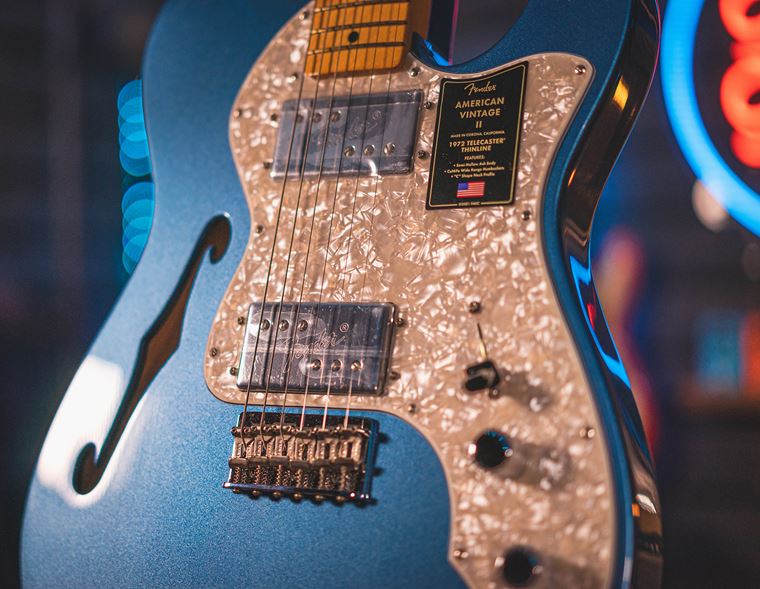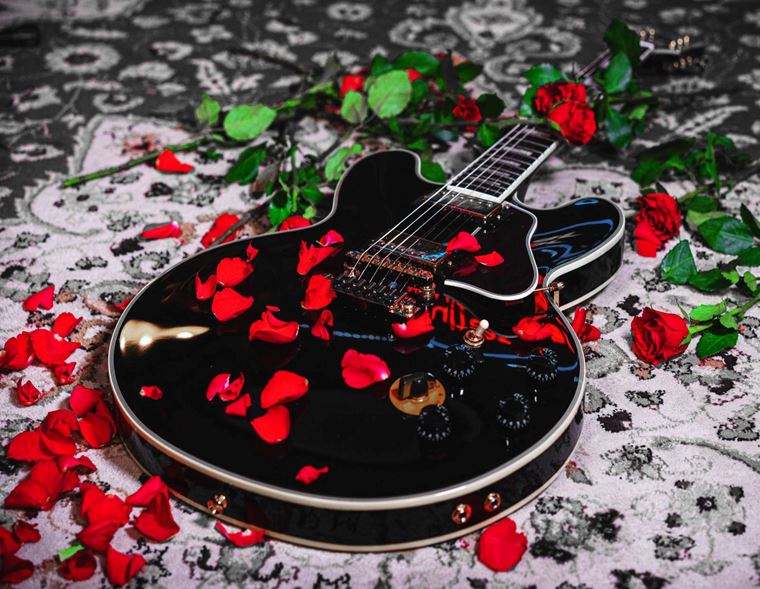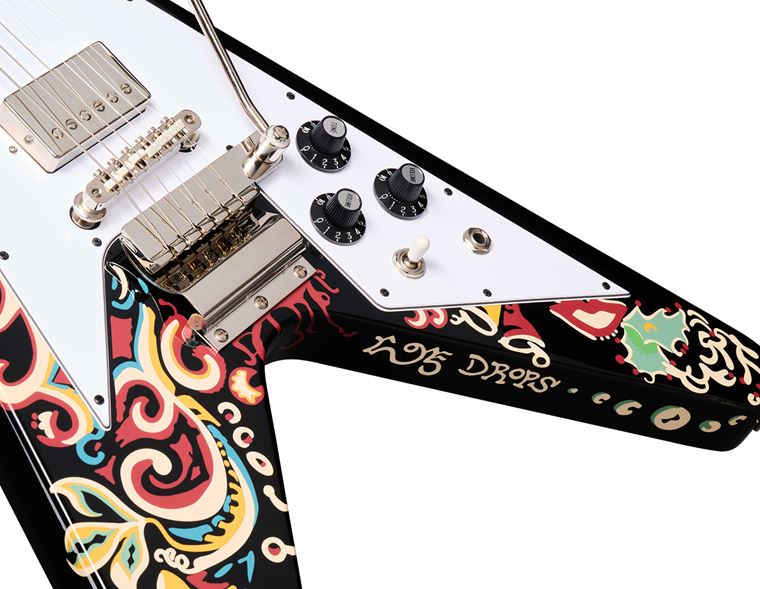Fender Telecaster 50s, 60s & 70s: What’s the Difference?
Published on 10 April 2024
The Fender Telecaster: the blueprint from which all other electric guitars are drawn. It’s arguably the most significant guitar design in the world, as well as one of the most versatile and certainly one of the most beloved.
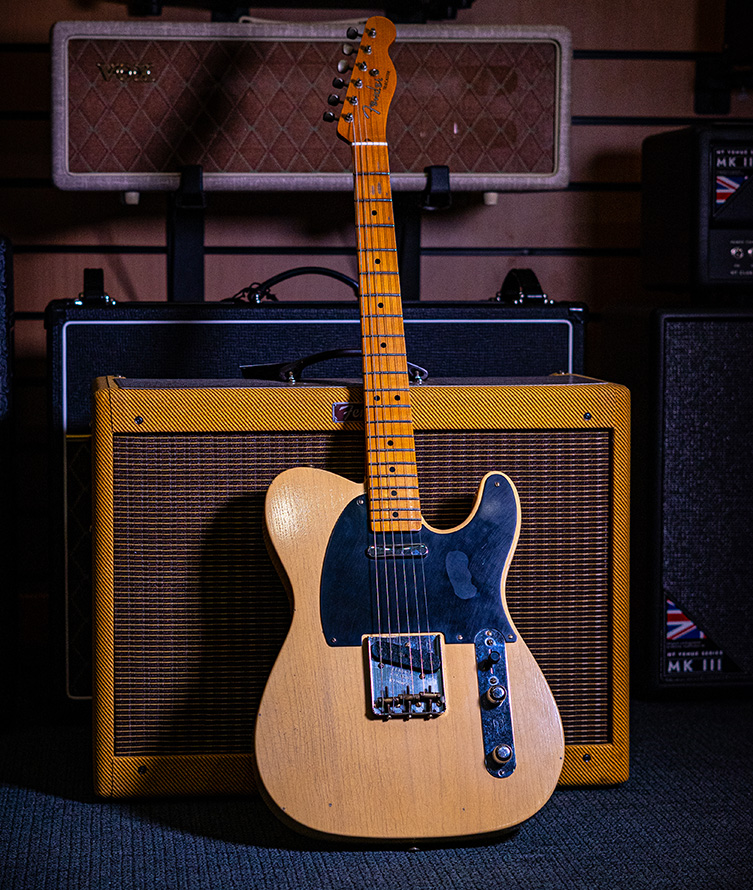
There’s a lot of mileage to be had from the Tele in terms of variations, too. From its inception in 1950 till today, Fender (and countless other companies) have put fresh spins on that familiar single-cutaway silhouette. Today, I’ll look at Fender’s golden era that spanned the 1950s, 60s and 70s, and check out all of the major differences that the Telecaster went through. Each decade (roughly) had its own styles and features, so I’ll highlight those, as well as referring to modern day reissues from the Vintera II and American Vintage II ranges, to help you understand today’s Tele offerings in context.
Are you ready to saddle up and take this trip with me into the heartland of the electric guitar?
Alriiiiiiight, follow me…
Contents
Features of the 1950s Telecaster
Features of the 60s Telecaster
Features of the 70s Telecaster:
1950s: The Beginning
Our tale begins in 1950, with Fender’s first ever electric guitar. We know it as the Telecaster, but it was originally named the ‘Broadcaster’ and it was pretty much exactly what you know as a typical tele today. Here’s what you’d find on an original Fender Broadcaster:
- Ash or Pine body, in the shape you know today.
- Bolted-on Maple neck with a large neck profile, 21 small-ish frets and a radius of roughly 7.25”
- Two single coil pickups
- Volume, tone and three way pickup selector, all on a metal control plate
- ‘Ashtray’ bridge plate with a 3-saddle brass plate. Bridge pickup fitted to bridge plate.
As you can read from these specs, it’s what we would refer to today as a classic fifties Tele. The guitar was originally offered in a semi-translucent finish called Butterscotch Blonde, which is often just referred to as Blonde. A black pickguard made of bakelite (a type of plastic that was also used on cheap kitchen worktops and furniture) earned this particular style the name ‘Blackguard’, which some aficionados use to refer to such Teles. This blonde/butterscotch/blackguard style is available (visually if not in every detail) at each and every price point in the Fender catalogue. It’s an indisputable classic.
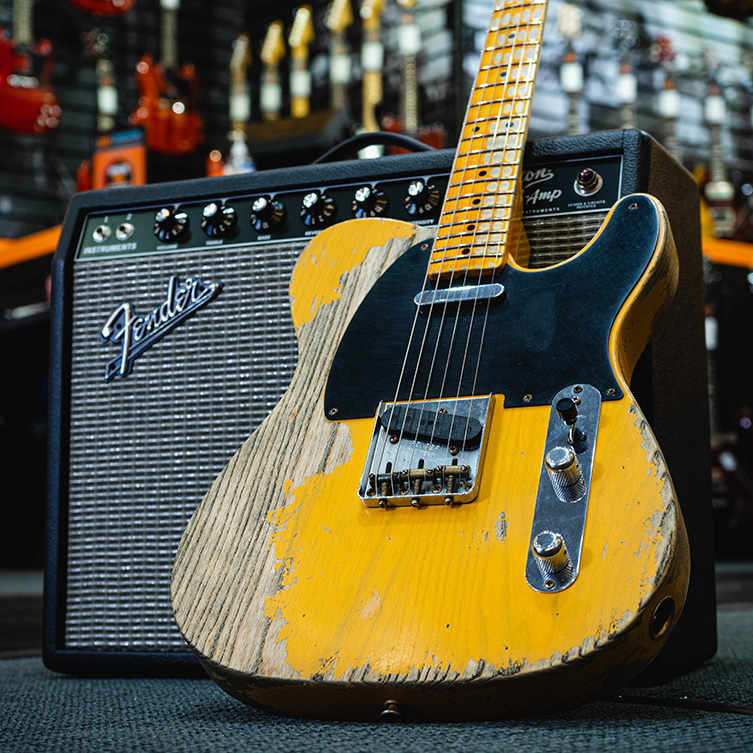
Actually, a single pickup version of the guitar, the Esquire, was actually on the scene first. It was identical in almost every way to the Broadcaster apart from the lack of a neck pickup. Not too many of these were built, and lessons were learned (they had no truss rod in them, so the necks all got horribly bent) for the update, which of course had two pickups. The Tele as we know it was released into the world!
Well, almost.
Less than a year after the Fender Broadcaster was released, Gretsch actually objected. They already sold a drum kit called the Broadkaster, and felt that there was a trademark conflict. This was when the ‘Nocaster’ briefly existed: an unofficial nickname for Broadcaster guitars with the ‘broadcaster’ part of the headstock transfer snipped off before being attached.
The Telecaster got its official name in 1951, and so it has remained ever since. Apparently the name refers to television, which was a new fad throughout the world at that time. Both of them caught on pretty well with the public!
People (not least Fender themselves) often make a point of referring to the 1952 Telecaster in particular: a ‘52 Tele’ is an accepted shorthand for a Butterscotch Blonde Telecaster with a black pickguard and a thick neck profile. This is presumably because 1952 was the first uninterrupted year of the guitar with that name and spec.
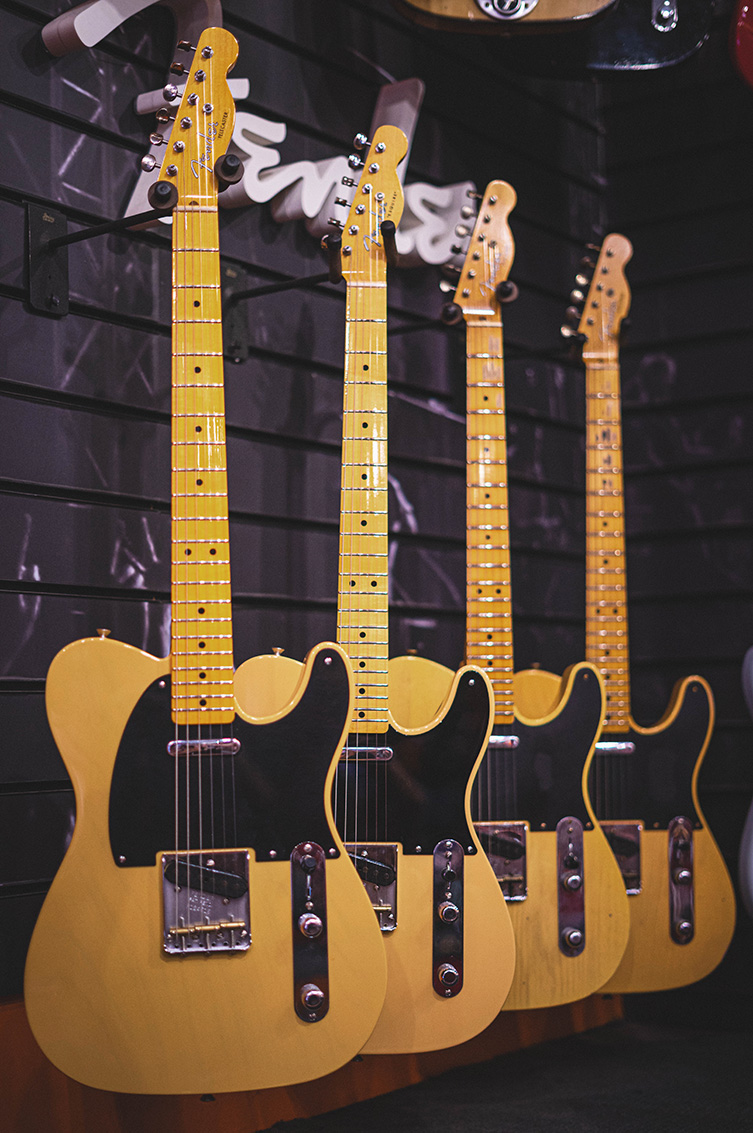
The Tone Circuit
Here’s an interesting thing to note. The tone circuit originally had a treble-cut in the neck position setting. This is often called the ‘dark circuit’ because it sounds muffled and to be quite honest, not very appealing to modern ears. On top of that, the only way to get the bridge pickup to sound on its own was to select the bridge setting on the 3-way and then turn the tone all the way to zero. Fiddly!
The circuit changed in 1952 to a more useful version, but that ‘dark circuit’ actually remained on all Teles until 1967! Most (nearly all, to be honest) reissues sensibly eschew this odd feature.
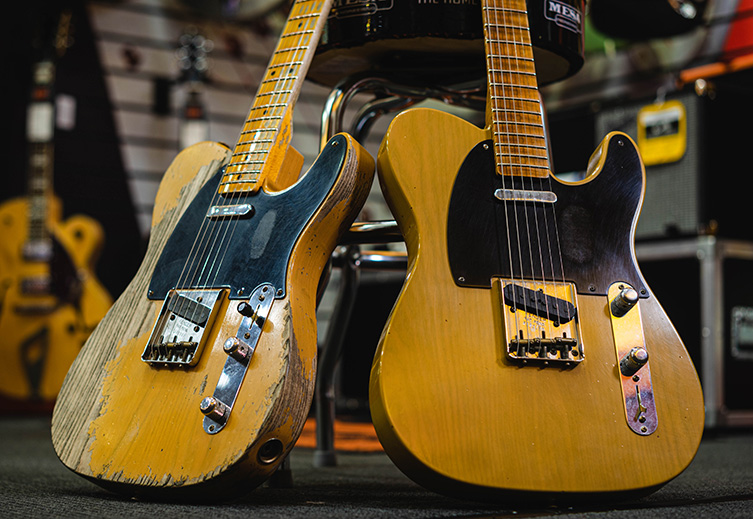
Features of the 1950s Telecaster
- Ash body (occasionally Pine)
- Bolted-on maple neck with a maple fingerboard
- 21 frets
- 7.25” fingerboard radius
- ‘Ashtray’ bridge plate with three ‘barrel’ bridge saddles
- Two single coil pickups
1960s Telecasters
In the 60s, Fender introduced some changes to the Telecaster. 1960 saw the introduction of a rosewood ‘slab’ fingerboard to the Telecaster, as well as the introduction of new colours for the finish (the first Sunburst Teles!). The body itself was now far more likely to be made of Alder, something that has since become standard for the guitar. The black pickguard was gone too, in favour of a white three-ply one.
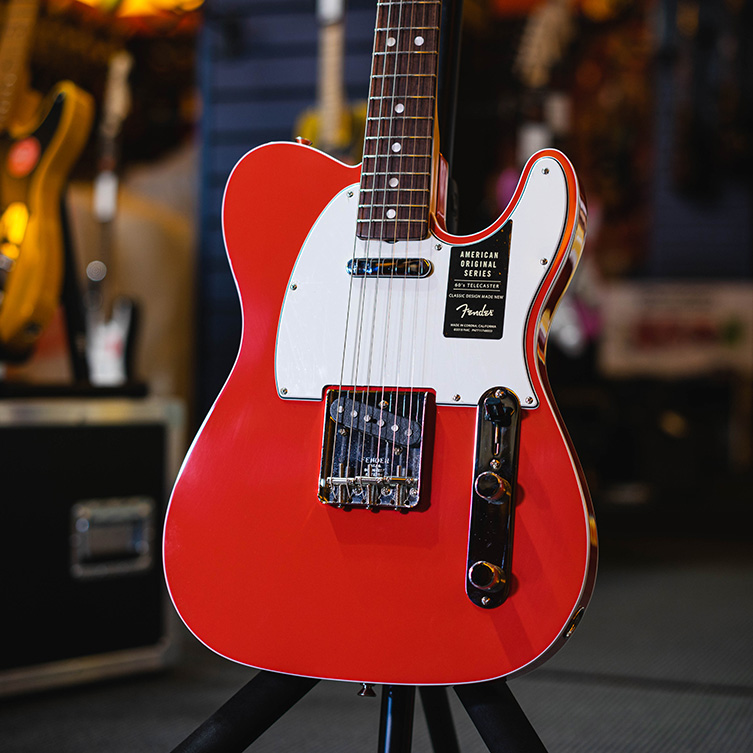
The pickups, although still looking the same, seemed to be generally made with more windings than those of the 1950s. This was certainly the case with the Stratocaster, so perhaps Fender just decided that their guitars needed more output across the board? It would make sense, given the competition from Gibson’s Les Paul, ES335 and SG guitars, all of which had more powerful humbucker pickups. The pickups of 1960s Telecasters had staggered pole pieces, too. This means that the pole pieces within each pickup (the metal circles that pick up the signal) are arranged in slightly different heights to compensate for volume differences from string to string, resulting in a more balanced volume per string.
Other 60s changes included a slight slimming of the neck profile (though not the fingerboard radius, as some other websites erroneously report) and a change away from brass bridge saddles to threaded steel (from 1958).
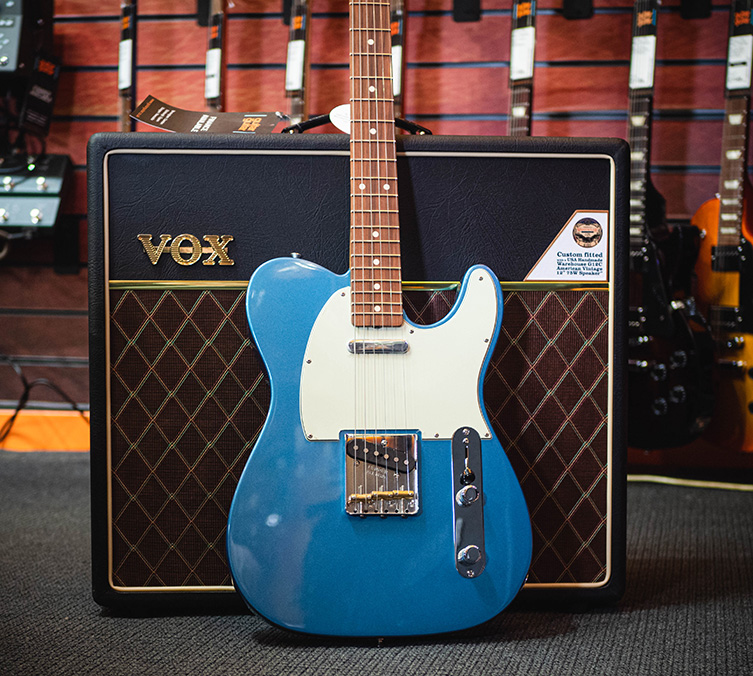
60s Telecaster Custom
There were two whole new models available, too. The 60s (actually 1959, but, you know…) saw the release of the Telecaster Custom, a very cool variant of the blueprint that added white binding to the front and back of the body. This model was the first to introduce a rosewood board to a Tele, and the standard models followed suit.
Apparently, Fender actually had to ask acoustic giants Martin for tips on the correct way to apply the body binding, since theirs kept falling off! The ‘Custom’ would develop into a very different animal in the 70s, as we shall see in a second, but the 60s Tele Custom with slab rosewood fingerboard and Sunburst body is a particular classic amongst Fender fans.
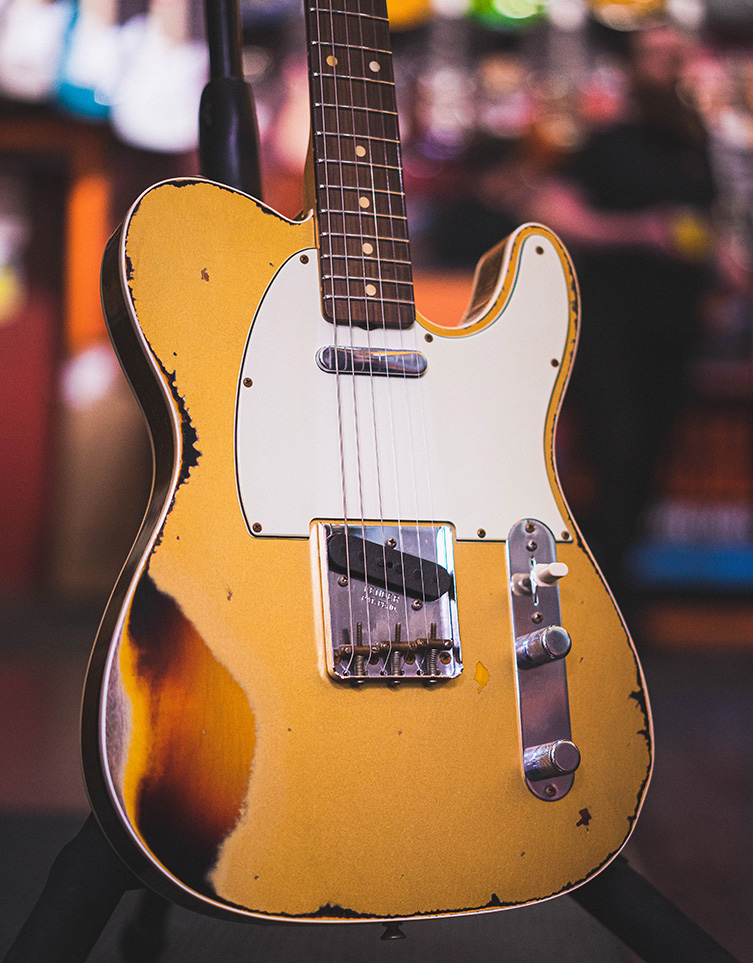
60s Telecaster Thinline
The late 60s saw the first introduction of a semi acoustic Telecaster. Named the Thinline, this model had a semi-hollow body, complete with a single f-hole and a completely different control layout and pickguard. Offering a slightly softer version of the Fender sound (not to mention a lighter physical experience!), this model proved popular and has been reissued often throughout the decades since.
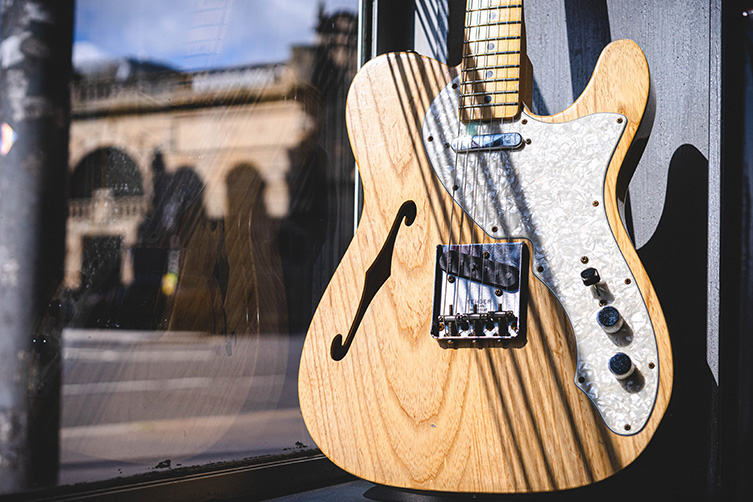
Features of the 60s Telecaster
- Alder body
- Maple neck with a c-shaped neck
- Rosewood slab fingerboard with a 7.25” radius
- Two single coil pickups with staggered pole pieces
- Ashtray bridge plate with steel bridge saddles
1970s Telecasters
As we move into the seventies, we find ourselves in what’s known as the ‘CBS era’, the time in Fender’s life when the company had been sold to TV production company CBS. This actually happened in 1965, but the changes made to guitar lines in the 70s are more significantly different to those from previous decades.
First off, there were some general changes to production that occurred during the CBS era. These included the following:
- ‘Bullet’ truss rod, which protrudes at the headstock
- Micro-Tilt neck adjustment feature, for making adjustments to neck join angle
- 3-bolt neck join instead of the usual 4-bolt style.
- Thicker lacquer, often polyurethane instead of traditional nitrocellulose.
At the time, these changes were somewhat contentious amongst guitarists (we are an ever so traditional bunch), but nowadays they are seen as identifiers of a style more than anything else.
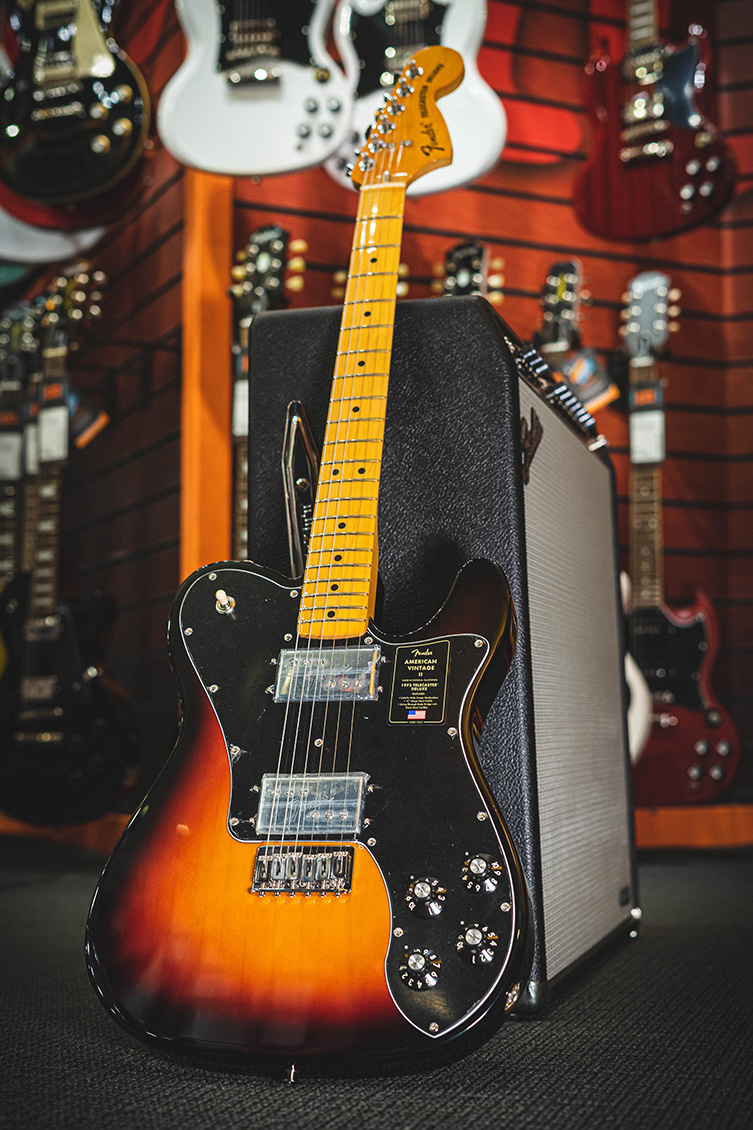
70s Tele Custom and Tele Deluxe
More significantly, the 70s saw the release of two new Telecaster models. In 1972, feeling pressure again from the resurgence of Gibson’s guitars in rock music, Fender released the Telecaster Custom and the Telecaster Deluxe. The Custom - adopted early on by Keith Richards - added a neck humbucker (a model known as the Wide Range) and a control panel (three-way toggle switch, two volumes and two tone controls) that was definitely inspired by ‘the other brand’. These new controls were mounted on a large pickguard that covered much of the guitar’s body.
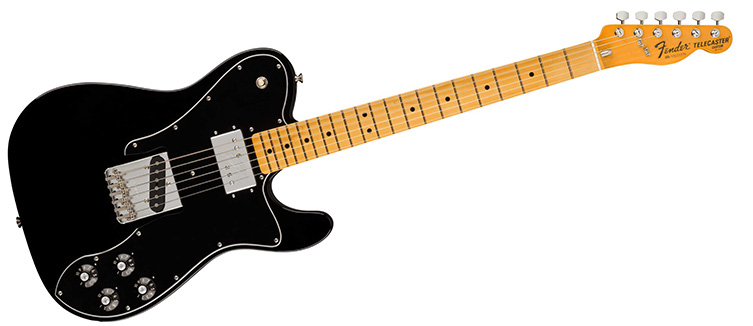
The Deluxe went even further away from the traditional Tele. In addition to everything that was changed for the Custom, the Tele Deluxe swapped out the bridge single coil in favour of a second humbucker (making it even more like a Gibson in that regard), which also meant that the traditional ashtray bridge plate was ditched too, in favour of a hardtail variant of the Stratocaster bridge.
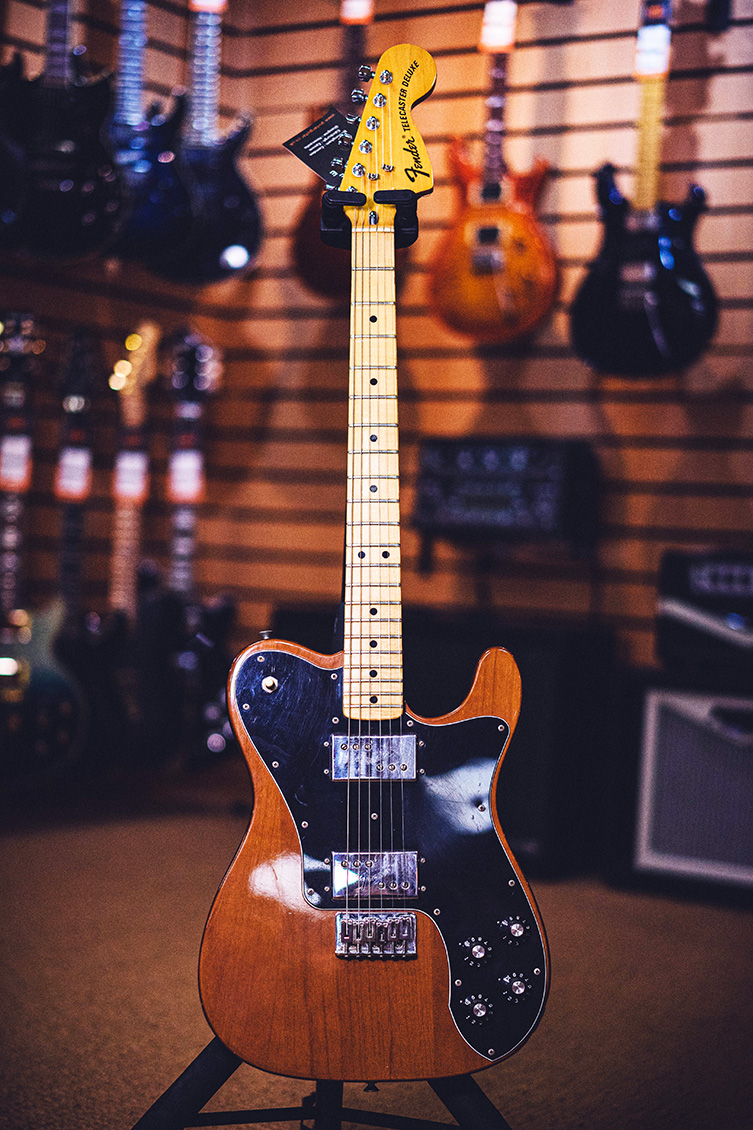
As well as those things, the Tele Deluxe sported a large ‘CBS’-style Strat headstock, and had contours carved into the back of the body. All in all, it was a Tele in name and in outline, but not so much in sound! Both guitars actually only lasted a couple of years in terms of production, but subsequent generations saw the value in these hybrid Teles, and the demand for them returned.
These days, they occupy a significant corner of Fender’s reissue projects, not to mention relatively new Squier models. You can find Tele Customs and Deluxes in both the American Vintage II range (as the 1977 Tele Custom and the 1975 Tele Deluxe), as well as the Vintera II range, which actually surprises by going for the ultra-rare Telecaster Deluxe with tremolo model!
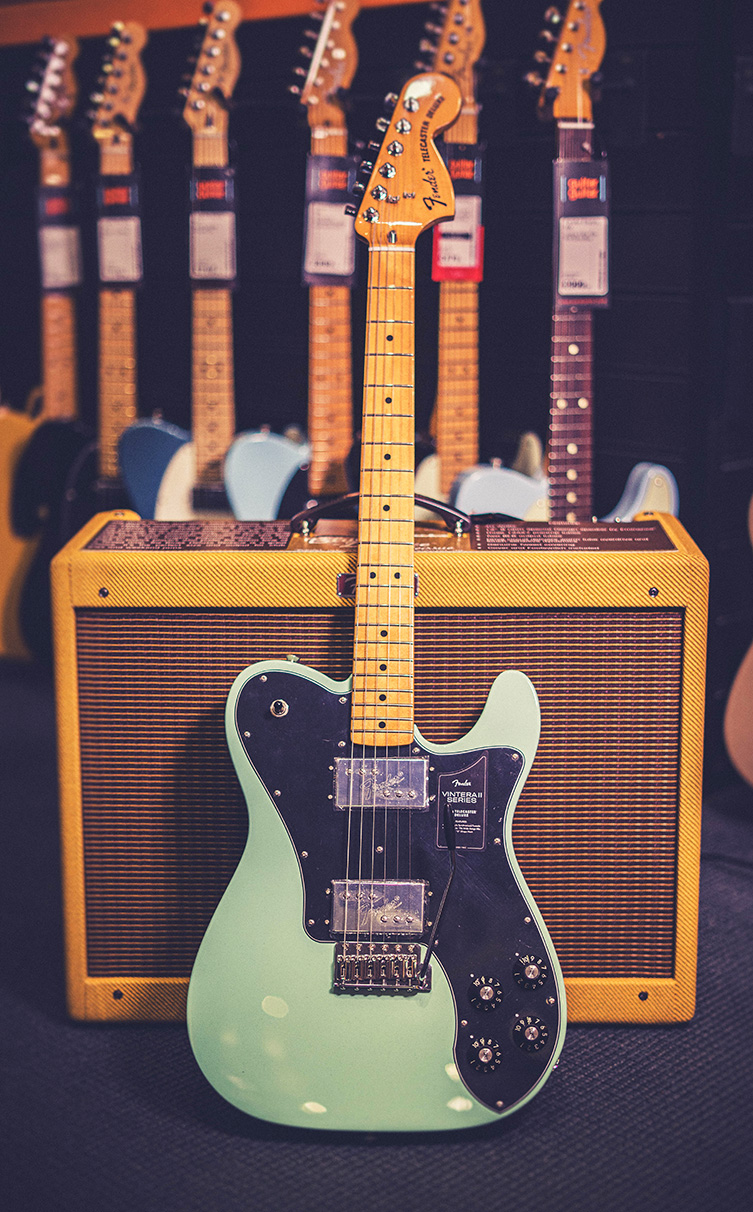
70s Telecaster Thinline
The Thinline evolved too, from its 60s single coil form into a similar but somewhat beefier humbucker-equipped model. Again, these were Wide Range pickups, which were atypical humbuckers designed by Seth Lover. Whilst absolutely being humbucker pickups, they often have a sound that’s not dissimilar to hot single coils, and that’s perhaps why so many guitarists are a fan today.
Aside from that difference (and the changes to the pickguard and bridge that two humbuckers would require), the 70s Thinline Tele was really quite similar to the previous iteration, and is as often reissued too, due to its perennial popularity.
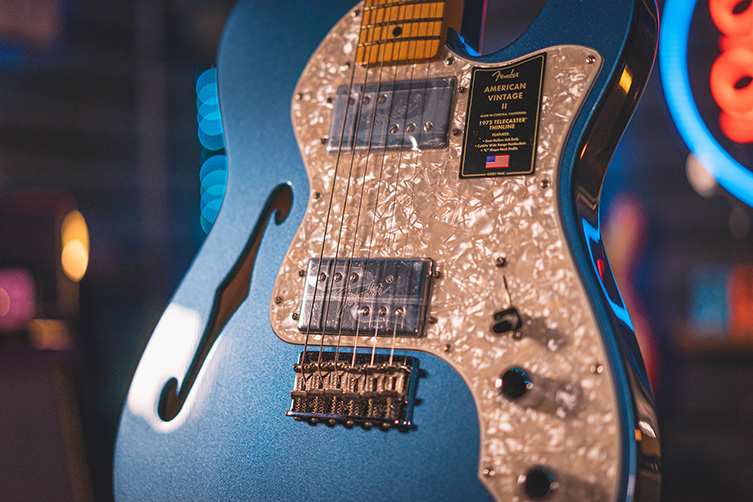
Features of the 70s Telecaster:
- Wide Range humbuckers present
- Bullet truss rod
- Micro-tilt neck adjustment
- A variety of models, some with different controls and larger pickguards
- Thicker finishes
Different but the Same
Those are the main points of interest to differentiate the Telecaster from the 50s to the late 70s. Even though they do become pretty different by the end, there’s always that no-nonsense, utilitarian sensibility to the Tele; it can’t be hidden!
Leo Fender designed a real classic with the Telecaster: a guitar that is entirely functional and modular, but also full of attitude and timeless cool. Whichever Tele style you prefer, you’re buying into some serious legacy!
Click to View our Huge Selection of Telecasters






